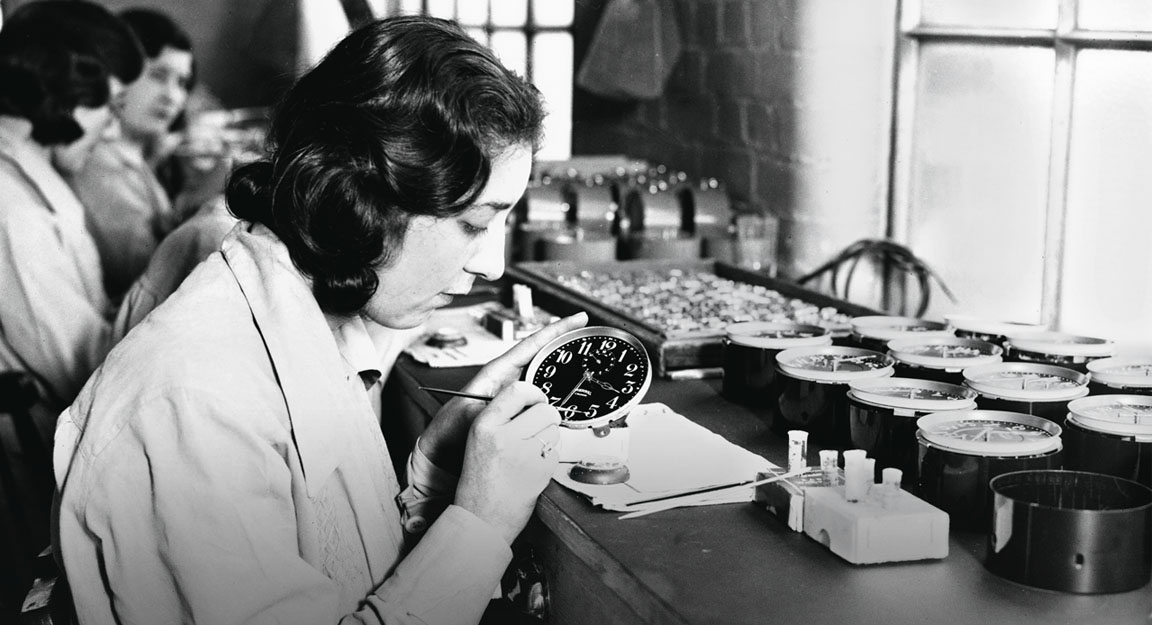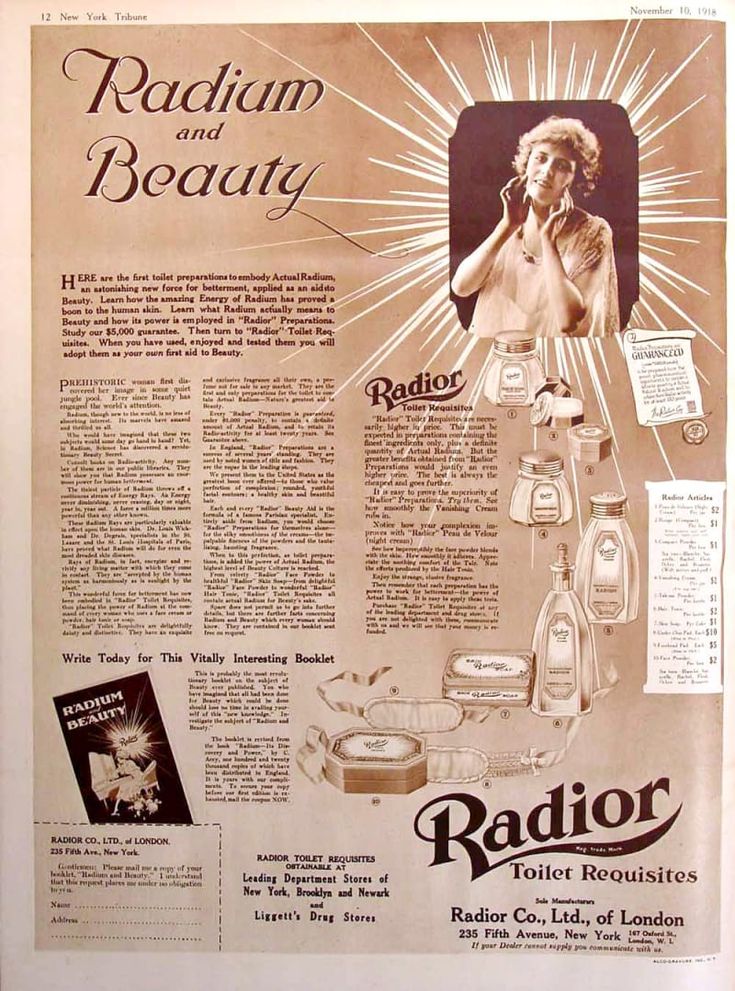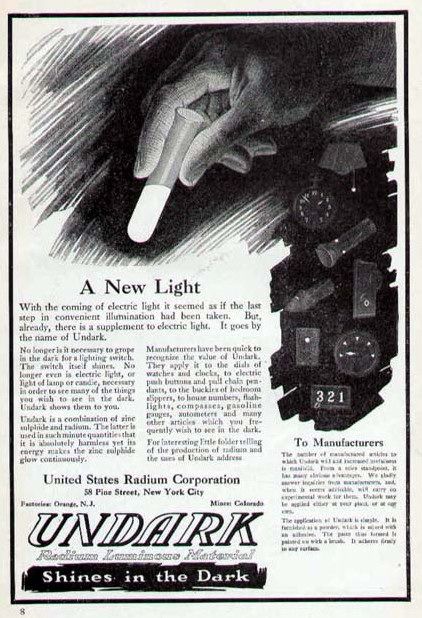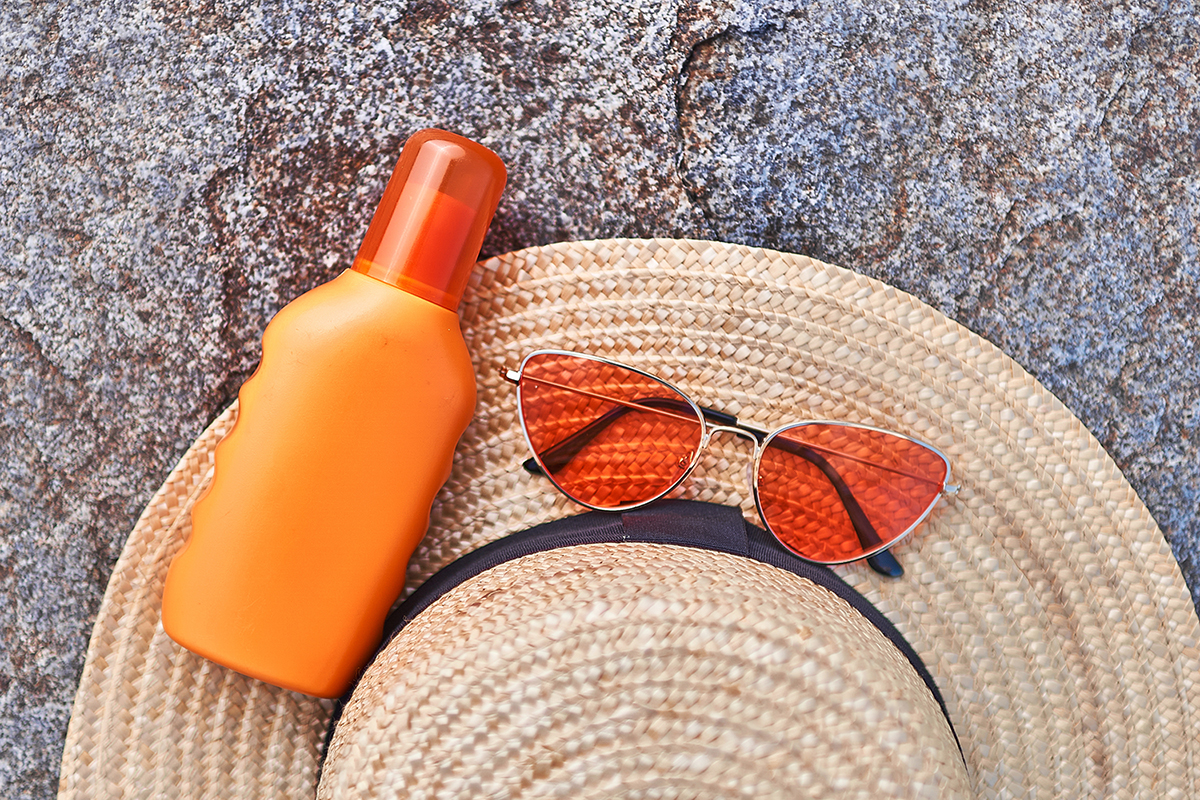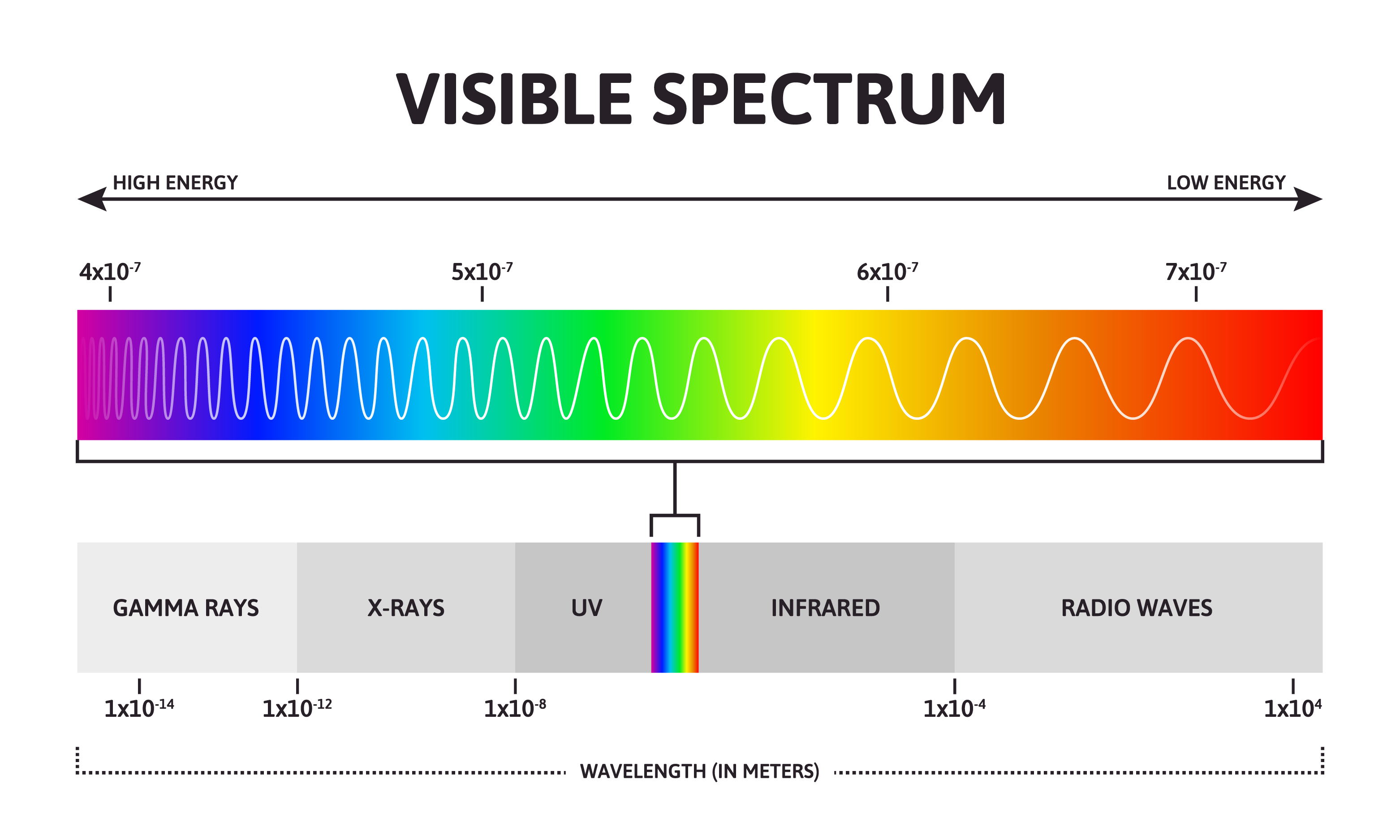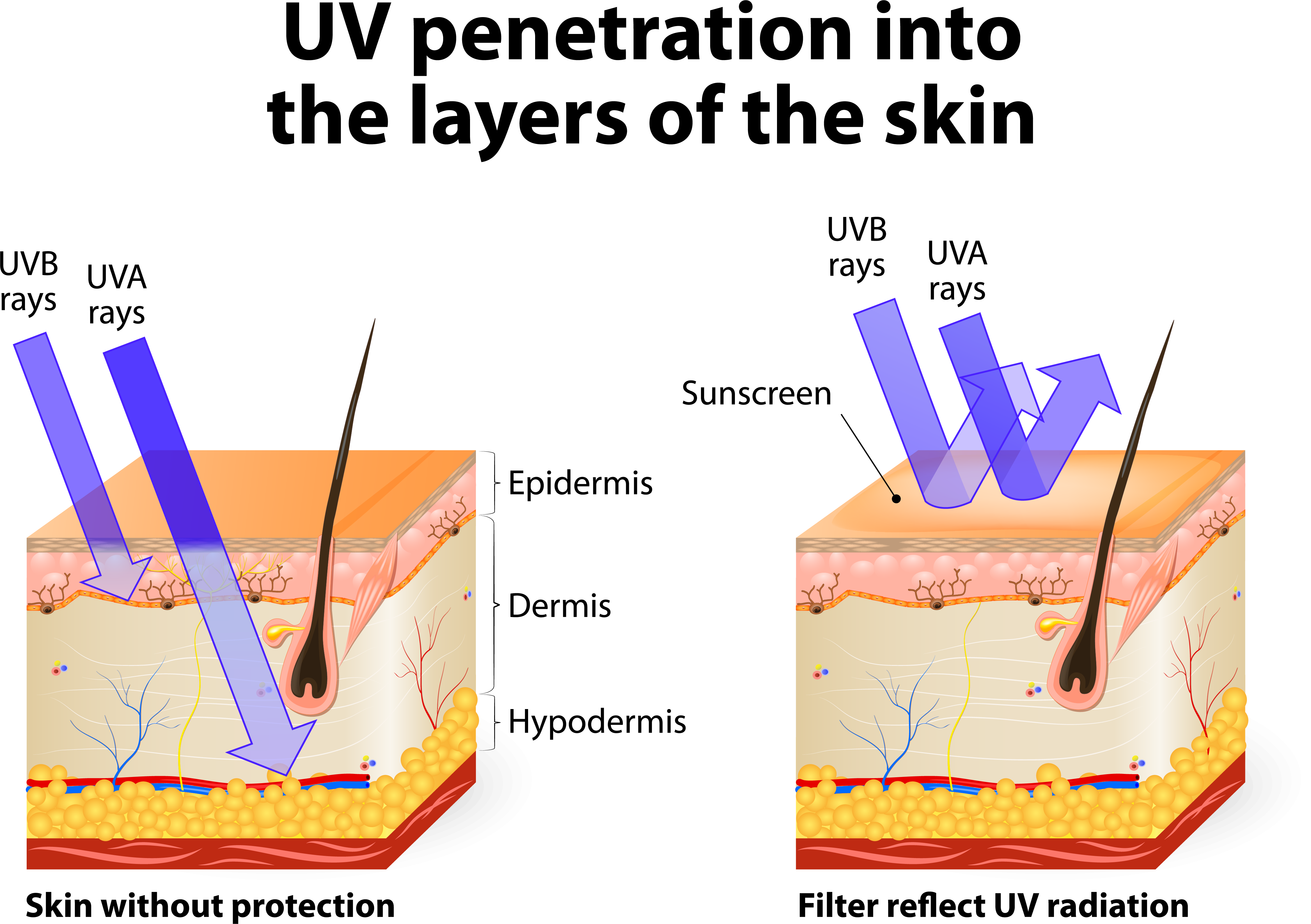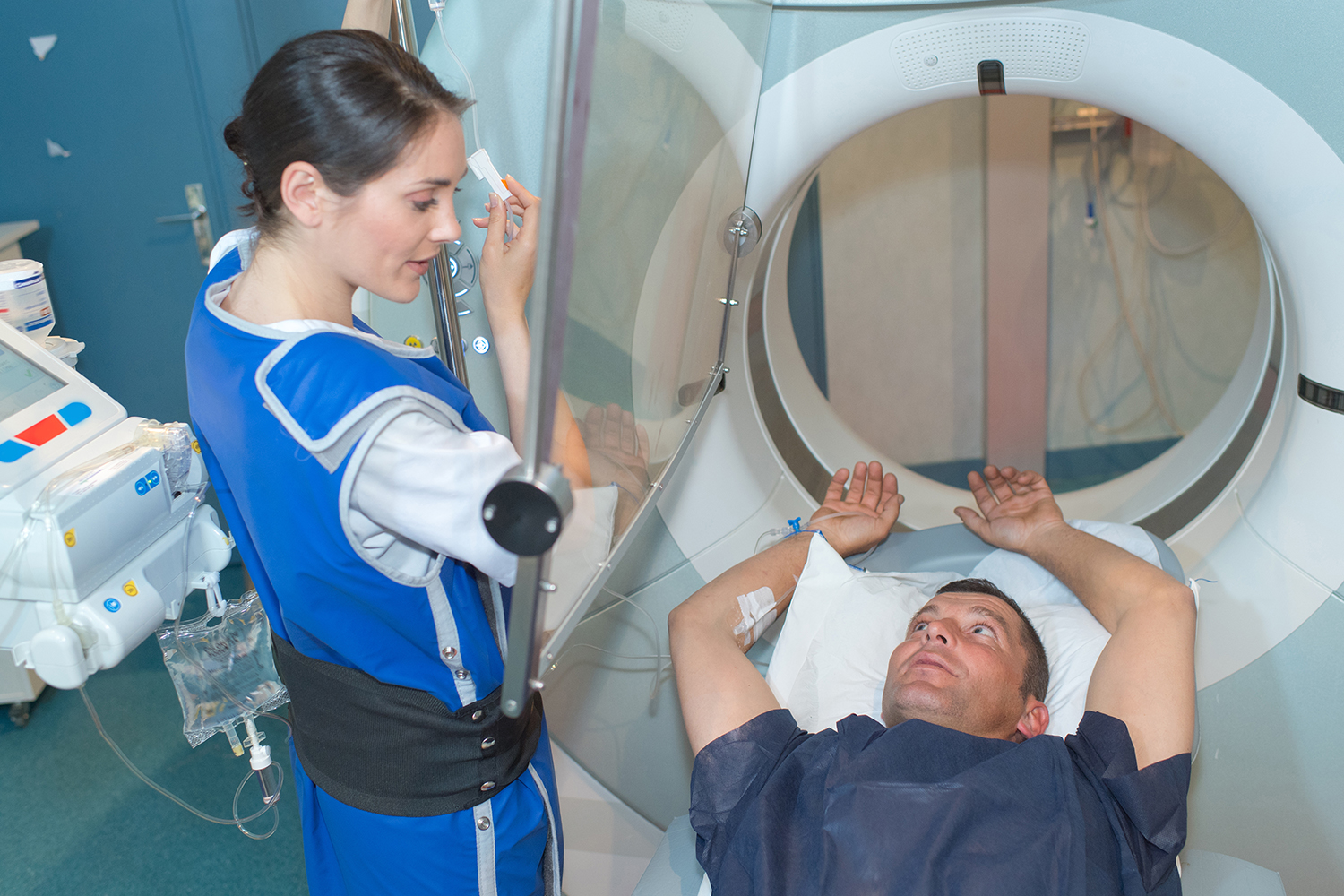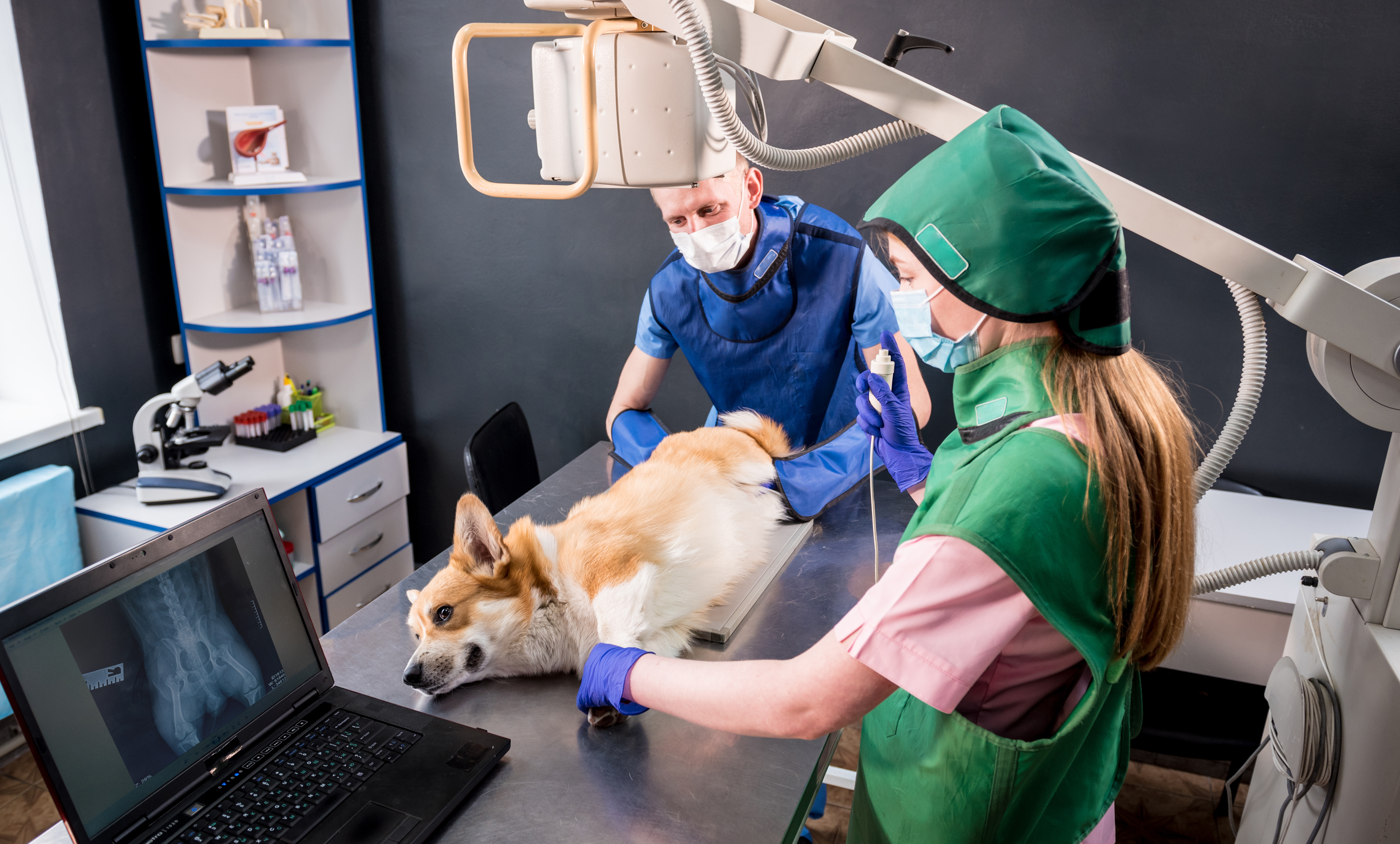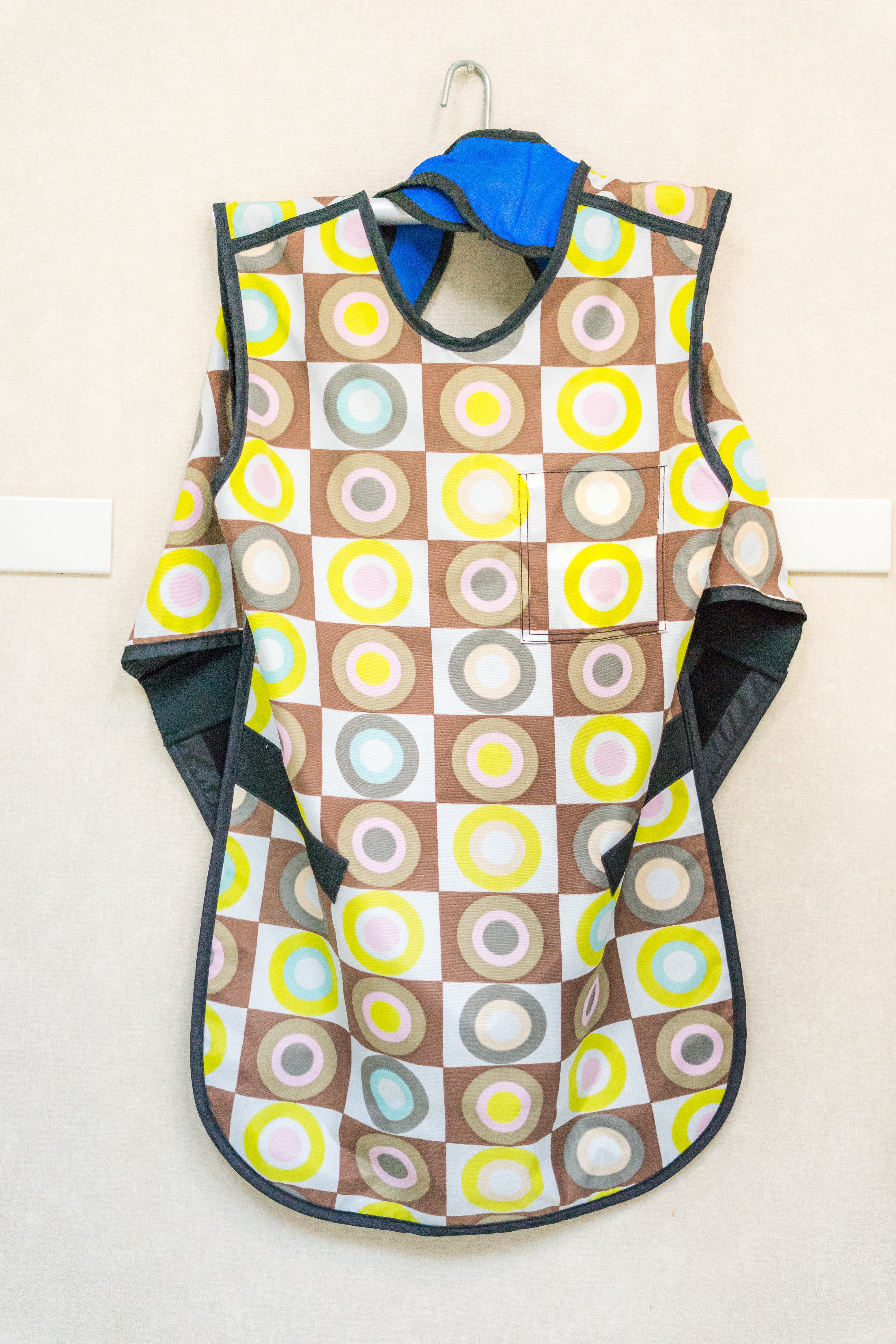Flight crews are among the occupational groups most exposed to ionizing radiation, with an average annual effective dose surpassing that of other radiation-exposed workers in the United States, excluding astronauts.1 This elevated exposure is primarily due to the high levels of cosmic radiation encountered at flight altitudes, which can pose significant health risks to pilots and cabin crew members.2 In this blog post, we’ll explore the nature of cosmic radiation, its potential health effects, current exposure levels for aircrews, as well as the guidelines and regulations in place to ensure their safety.
What Is Cosmic Ionizing Radiation?
As we’ve touched on in a previous blog, cosmic ionizing radiation–or simply cosmic radiation–originates from beyond Earth’s atmosphere. Additionally, it consists of two main components: galactic cosmic radiation (GCR) and solar particle events (SPEs).3,4
Galactic Cosmic Radiation
GCR is a constant background radiation that permeates interstellar space, originating from distant stars and galaxies. It is composed primarily of high-energy protons (85%) and alpha particles (14%). There is also a small fraction of heavier nuclei (1%) ranging from lithium to iron and beyond. These particles span a wide energy range, and as a result some reach extremely high energies capable of penetrating deep into the Earth’s atmosphere and passing through aircraft shielding.5
Solar Particle Events (Solar Flares)
Solar particle events, on the other hand, are sporadic bursts of intense radiation associated with solar flares and coronal mass ejections. During an SPE, the Sun ejects a large number of high-energy protons and other particles that can reach Earth within hours to days. While less frequent than GCR, SPEs can dramatically increase radiation exposure for flight crews, particularly those on polar routes where the Earth’s magnetic field provides less protection.6,7
At higher altitudes, such as those typically encountered during air travel, the Earth’s atmosphere provides less shielding against cosmic radiation, resulting in increased exposure for flight crews and passengers.
Several studies that have investigated the difference in cosmic ray levels at various altitudes versus ground level found that the dose rate of cosmic radiation at a cruising altitude of 30,000 feet was approximately 10 times higher than at sea level.
The specific increase in cosmic ray exposure at higher altitudes is influenced by several factors, including the solar cycle (solar maximum vs. solar minimum), geomagnetic field strength, and also the path of the flight (polar routes are exposed to higher levels of cosmic rays). For example, during periods of high solar activity (solar maximum), the increased solar wind can actually shield the Earth from some cosmic rays, slightly reducing the exposure at high altitudes. Conversely, during a solar minimum, the cosmic ray intensity can be higher.
Estimates of the number of hours that have to be flown in order to receive an effective dose of 1 mSv at 30,000 feet are 510 hours at a latitude of 30o South and 1,330 hours at the equator.8
Health Effects and Uncertainties
The health risks associated with radiation exposure are generally well-documented. Prolonged exposure to high levels of radiation can increase the risk of cancer, cataracts, as well as other adverse health effects. However, quantifying the specific risks associated with the chronic low-dose radiation experienced by flight crews remains a challenge.
The World Health Organization’s International Agency for Research on Cancer (IARC) acknowledges that ionizing radiation causes cancer in humans and is also associated with reproductive problems. However, when it comes to cosmic ionizing radiation, several uncertainties remain:
- Cancer Risk: Most radiation health studies have focused on groups exposed to much higher doses from different types of radiation (such as atomic bomb survivors or patients receiving radiation therapy).9 Due to this, the specific link between cosmic ionizing radiation and cancer risk is not yet fully understood.
- Reproductive Health: Miscarriages and birth defects related to cosmic radiation exposure are still not definitively established.10
Despite the limitations of current research, several studies have suggested that flight crews may have a higher incidence of certain cancers compared to the general population. These include breast cancer, melanoma, as well as non-melanoma skin cancers.11,12 However, the causal link between cosmic radiation exposure and these increased risks has not been definitively established. Other factors, such as lifestyle and genetic predisposition, may also play a role.13
Exposure Levels for Flight Crews
Recent dose and risk assessments by a wide variety of investigators have demonstrated the need to dedicate further attempts to quantify potential radiation exposure.14 The National Council on Radiation Protection and Measurements (NCRP) reports an average annual effective dose of 3.07 mSv for flight crews; most of this exposure comes from natural radiation:
- Estimates of annual aircrew cosmic radiation exposure range from 0.2 to 5 millisieverts (mSv) per year depending on factors such as flight routes, altitude, and solar activity.
- Solar particle events occur less frequently, but during events, exposure levels can increase substantially and potentially lead to higher doses over short periods.
Guidelines and Regulations
While there are no official dose limits specifically for aircrew in the United States, national and international guidelines provide context:
- International Commission on Radiological Protection (ICRP): Recognizes aircrew as radiation-exposed workers. They also recommend an effective dose limit of 20 mSv per year averaged over 5 years (totaling 100 mSv in 5 years) for radiation workers. However, for the general public, the recommended limit is 1 mSv per year.15
- Pregnant Aircrew: The ICRP recommends a dose limit of 1 mSv throughout pregnancy.16
Current regulations aim to limit radiation exposure for flight crews, but there is room for improvement. The International Commission on Radiological Protection (ICRP) sets guidelines for radiation protection and also includes dose limits for occupational exposure. However, these guidelines may not adequately address the unique challenges faced by flight crews. To improve current radiation safety regulations for aircrews, a multi-faceted approach is necessary. This should include:
Improved Monitoring and Data Collection
Implementing advanced radiation monitoring systems on aircraft in addition to encouraging the use of personal dosimeters by flight crews can provide more accurate and comprehensive data on exposure levels17. This information can help refine risk assessments as well as guide the development of more effective protection strategies.
Aircraft Shielding and Design
Continued research into advanced shielding materials in addition to aircraft design modifications can help reduce the radiation dose received by flight crews and passengers18. This may also involve the use of novel composite materials or the incorporation of additional shielding in critical areas of the aircraft.
Route Optimization and Flight Planning
By carefully planning flight routes and altitudes, airlines can minimize exposure to cosmic radiation, particularly during solar particle events19. This may also involve rerouting flights to lower latitudes or reducing flight time at higher altitudes when necessary.
Education and Awareness Programs
Providing flight crews with comprehensive information about the risks of cosmic radiation exposure in addition to the importance of proper protection measures can empower them to make informed decisions about their health and safety20. This should include training on the use of personal protective equipment, such as dosimeters, as well as guidelines for managing exposure during pregnancy.
Regulatory Harmonization and Enforcement
Strengthening international collaboration to harmonize radiation protection standards for flight crews in addition to ensuring consistent implementation and enforcement of these standards across the aviation industry can help create a safer working environment for all aircrews2121.
Conclusion
Although no regulations officially set dose limits, radiation exposure is still a concern to be evaluated for airplane flight crews due to their occupational exposure to cosmic radiation. While the specific health risks associated with this chronic low-dose exposure remain uncertain, continued efforts are essential ensure a safe working environment. By implementing measures such as personal dosimetry devices, increased monitoring, staff training, and encouraging airplane manufacturers to consider shielding and design modifications, airlines can better protect their flight crews. Ensuring a safer career for every radiation worker will require time, dedication, and collaboration. However, the benefits for the health and safety of all industries, including aircrews, make it a worthwhile endeavor.
Versant Physics is a full-service medical physics and radiation safety consulting company based in Kalamazoo, MI. Contact us for all of your regulatory, radiation safety, and personnel dosimetry needs.
Sources
- Friedberg, W., & Copeland, K. (2003). What aircrews should know about their occupational exposure to ionizing radiation. Oklahoma City, OK: Civil Aerospace Medical Institute, Federal Aviation Administration. ↩︎
- United Nations Scientific Committee on the Effects of Atomic Radiation. (2008). Sources and effects of ionizing radiation: UNSCEAR 2008 report to the General Assembly, with scientific annexes. New York: United Nations. ↩︎
- Validation of modelling the radiation exposure due to solar particle events at aircraft altitudes. Radiation Protection Dosimetry, Volume 131, Issue 1, August 2008, Pages 51–58. https://doi.org/10.1093/rpd/ncn238 ↩︎
- Wilson, J. W., Townsend, L. W., Schimmerling, W., Khandelwal, G. S., Khan, F., Nealy, J. E., & Norbury, J. W. (1991). Transport methods and interactions for space radiations. NASA Reference Publication, 1257 ↩︎
- O’Sullivan, D. Exposure to galactic cosmic radiation and solar energetic particles. Radiat Prot Dosimetry. 2007;125(1-4):407-11. https://pubmed.ncbi.nlm.nih.gov/17846031/ ↩︎
- Turner, R. E. (2007). Solar particle events from a risk management perspective. Radiation Protection Dosimetry, 127(1-4), 534-538. ↩︎
- Lantos, P., & Fuller, N. (2003). History of the solar particle event radiation doses on-board aeroplanes using a semi-empirical model and Concorde measurements. Radiation Protection Dosimetry, 104(3), 199-210. ↩︎
- Cosmic Radiation Exposure for Casual Flyers and Aircrew, https://www.arpansa.gov.au/understanding-radiation/radiation-sources/more-radiation-sources/flying-and-health ↩︎
- National Research Council. (2006). Health risks from exposure to low levels of ionizing radiation: BEIR VII phase 2 (Vol. 7). National Academies Press. ↩︎
- CDC – Aircrew Safety and Health – Cosmic Ionizing Radiation – NIOSH Workplace Safety & Health Topics. Centers for Disease Control and Prevention. Published 2019. https://www.cdc.gov/niosh/topics/aircrew/cosmicionizingradiation.html ↩︎
- Pukkala, E., Aspholm, R., Auvinen, A., Eliasch, H., Gundestrup, M., Haldorsen, T., & Tveten, U. (2003). Cancer incidence among 10,211 airline pilots: a Nordic study. Aviation, Space, and Environmental Medicine, 74(7), 699-706. ↩︎
- Rafnsson, V., Hrafnkelsson, J., & Tulinius, H. (2000). Incidence of cancer among commercial airline pilots. Occupational and Environmental Medicine, 57(3), 175-179. ↩︎
- Hammer, G. P., Blettner, M., & Zeeb, H. (2009). Epidemiological studies of cancer in aircrew. Radiation Protection Dosimetry, 136(4), 232-239. ↩︎
- Olumuyiwa A. Occupational Radiation Exposures in Aviation: Air Traffic Safety Systems Considerations. International Journal of Aviation, Aeronautics, and Aerospace. Published online 2020. doi:https://doi.org/10.15394/ijaaa.2020.1476 ↩︎
- International Commission on Radiological Protection. (2007). The 2007 recommendations of the International Commission on Radiological Protection. Annals of the ICRP, 37(2-4), 1-332. ↩︎
- International Commission on Radiological Protection. (2000). Pregnancy and medical radiation. Annals of the ICRP, 30(1), iii-viii, 1-43. ↩︎
- Bartlett, D. T. (2004). Radiation protection aspects of the cosmic radiation exposure of aircraft crew. Radiation Protection Dosimetry, 109(4), 349-355. ↩︎
- Wilson, J. W., Miller, J., Konradi, A., & Cucinotta, F. A. (1997). Shielding strategies for human space exploration. NASA Conference Publication, 3360. ↩︎
- Copeland, K. (2014). Cosmic radiation and commercial air travel. Radiation Protection Dosimetry, 162(3), 351-357. ↩︎
- International Civil Aviation Organization. (2012). Manual of Civil Aviation Medicine. https://www.icao.int/publications/Documents/8984_cons_en.pdf ↩︎
- International Atomic Energy Agency: Cosmic radiation exposure of aircrew and space crew. https://www.iaea.org/sites/default/files/20/11/rasa-cosmic.pdf ↩︎


